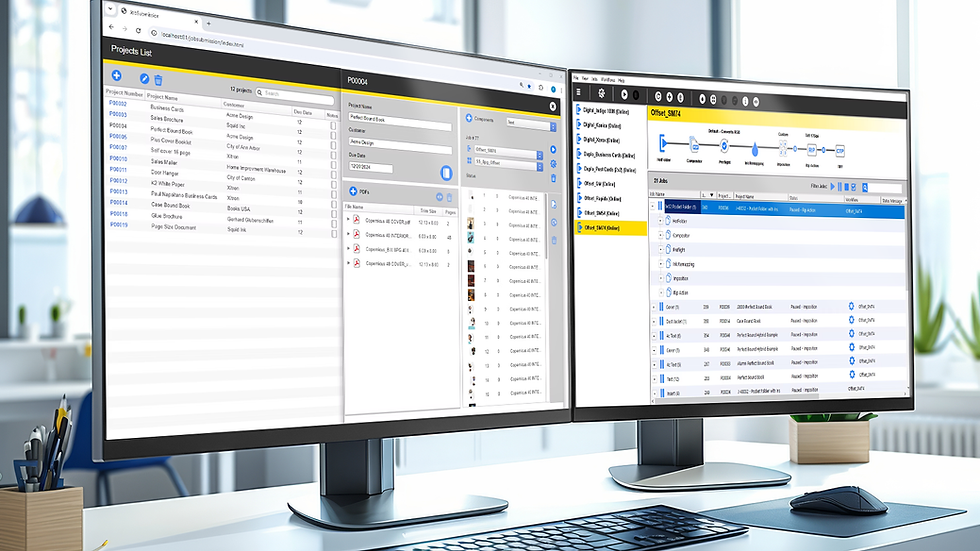Do you Dongle?
- Bret Farrah
- Aug 27, 2019
- 3 min read
Updated: Jan 30

With the introduction of Harlequin’s new licensing system known as LDK (around the release of RIP version 10) came a plethora of opinion about which method is best; the tried and true hardware lock known as a dongle, or a “softkey” code entered into the system during installation of the software. Both implementations have been used for years by other software vendors, but each has its own following and endorsements by users. Once and for all, let’s get the reasoning and arguments out in the open while we clear up a misconception or two.
First, what the heck are we talking about? Simply put, software has to have a license to protect the manufacturer from unauthorized duplication and use. Imagine that you created a really cool application and wanted to monetize it. You’d set a price and then get to selling while you envisioned a really big bank account. Without some kind of licensing in place, you would be out of business after the first day when some unscrupulous person copied it and sent it to all his friends. Sad but true. You’d never sell another copy and that fat bank account would resemble one I had when I was 14 years old. (Not bragging but I did have enough to buy a Popeil Pocket Fisherman.)

So, licensing is important and up until version 10, Harlequin RIPs were licensed through a small piece of hardware colloquially called a dongle (see above photo). It was a solid way of protecting software but it had its drawbacks. It has to be physically shipped. It could be lost or misplaced. Somebody could accidentally break it off. A disgruntled employee could abscond with it. Someone could mistake it for a flash drive and throw it in a laptop bag. Any one of these latter scenarios renders your software useless and production grinds to a halt until it can be replaced.
On the other hand, if you wanted to move the RIP to another platform, you could install the software and move the dongle. You could have another copy of the RIP installed on another PC for backup and if it became necessary to use it, you could move the dongle. If your PC suffered a cataclysmic failure and would not boot, you could load the software somewhere else and move the dongle, getting back into production in a few minutes.
With LDK, a string of characters and numbers are entered during installation and the licensing mechanism “binds” the software to a couple of hardware properties on the pc, such as the motherboard and hard drive. You can’t lose or misplace it. You can’t break it. The disgruntled employee will have to settle for spray painting rude messages on the building, and no one will mistake it for a flash drive and steal it. If you suffer a license issue, Xitron support can provide an emergency key in minutes so you are up and running while evaluating the cause.
However . . .if the PC fails and the license is lost you may have to purchase a replacement, which might be costly. And, if you want to transfer the license to another PC, you have to go through a transfer process with the two PCs on the network together.
As you can see, the pros and cons are nearly even in number and up for subjective discussion as to which method is best. But here’s something a lot of people don’t know: If you prefer a dongle, you can still get one. There’s a small charge for it but if you are in the “My dongle is my security blanket” camp, we’ve got you covered.



Comments